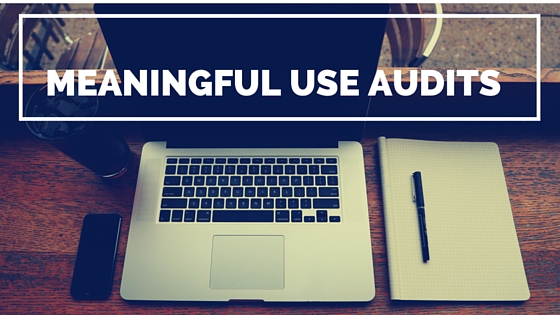There’s NOTHING like the feeling of being organized. I mean, how good does it feel to know everything has a place and everything is in its place? Especially at the end of the year when you have to do 48 hours worth of work and only have 24 hours to do it.
Well, stop what you’re doing because I’m hopefully going to make your life a little bit easier when it comes to that end of the year check list. If you’re losing sleep over your Meaningful Use attestation coming up at the end of February, this post is right up your alley.
Here are the top 3 Meaningful Use audit binder quick tips:
1. Physical and Electronic
I always recommend keeping a physical copy of your MU audit material (yes, in an actual binder with your information printed on actual paper) as well as an electronic copy on your computer. This is so you always have the information in case something happens that is out of your control and you lose one of the copies.
2. Organize by Measure!
Let’s face it, no one has time to be fumbling through pages of your audit binder if CMS comes knocking with an audit. You’ll want to have this information organized so you can grab what they request, package it up and send it off in one sitting. It is going to be much easier to locate information in your audit binder if you organize by measure then provider since multiple providers will use the same documentation for some measures.
3. EHR Audit Binder Checklists
Check with your EHR vendor to see if they have a Meaningful Use audit binder checklist for you to review. This will come in handy when you’re collecting all of your documentation to assure you have everything they recommend.

